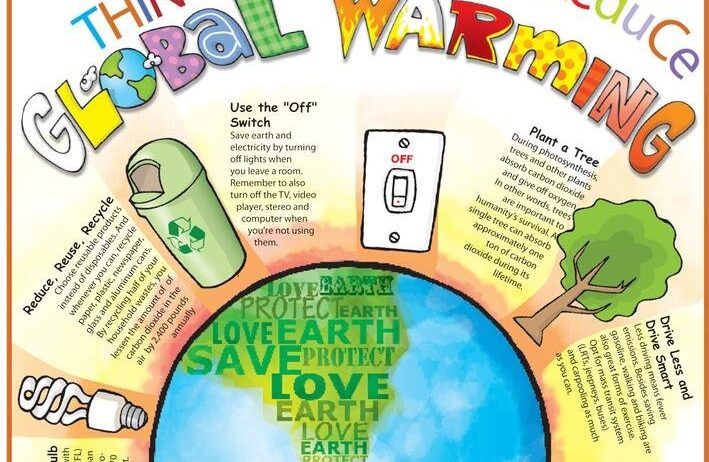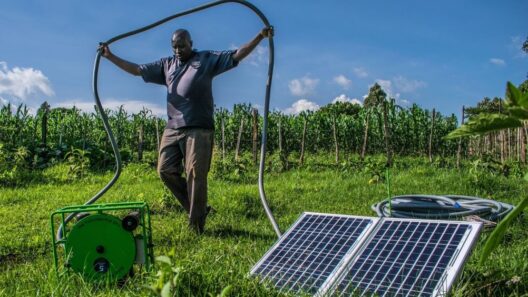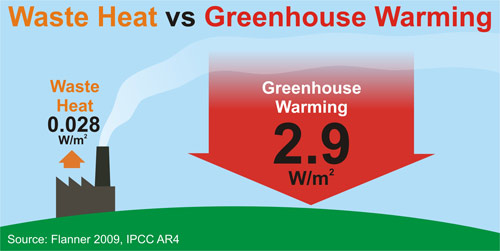Global warming is an urgent global challenge, exacerbated by anthropogenic activities that increase greenhouse gas concentrations in the atmosphere. As the planet warms, its ecosystems, weather patterns, and even human health are impacted. To forge a sustainable future, humanity must adopt a multi-faceted approach to mitigate the effects of climate change. Here are various strategies that can be implemented to reduce the impact of global warming.
1. Transitioning to Renewable Energy Sources
One of the paramount strategies in combating global warming involves a significant shift from fossil fuels to renewable energy sources. Solar, wind, hydroelectric, and geothermal energy are pivotal in decreasing carbon emissions. Investing in solar technology allows individuals and communities to harness sunlight, whereas wind turbines can convert kinetic energy into electricity without deleterious emissions. Governments can incentivize these transitions through subsidies and tax traits for renewable energy installations, further propelling the adoption of clean energy.
2. Enhancing Energy Efficiency
Improving energy efficiency across multiple sectors is critical. Residential and commercial buildings can be retrofitted with energy-efficient appliances, LED lighting, and better insulation. Regulatory frameworks that encourage or mandate energy efficiency standards can drastically reduce energy consumption. Manufacturing industries can also incorporate greener technologies, optimizing processes to minimize waste and energy use. By embracing these principles, society can significantly curtail its overall carbon footprint.
3. Promoting Sustainable Transportation
Transportation is a significant contributor to greenhouse gas emissions. Transitioning towards sustainable methods of transportation such as electric vehicles (EVs), public transportation, biking, and walking can be highly effective. Investment in EV infrastructure, such as charging stations, encourages consumers to opt for cleaner vehicles. Furthermore, cities can implement enhanced public transport systems, making them more accessible and efficient, thereby reducing reliance on individual car travel.
4. Carbon Sequestration and Offsetting
Carbon sequestration refers to technologies and practices aimed at capturing and storing atmospheric carbon dioxide. This can include reforestation, afforestation, and the preservation of existing forests, which naturally absorb large amounts of CO2. Innovations in carbon capture and storage (CCS) technologies are also fundamental, as they enable the industrial sector to reduce their emissions profile by capturing CO2 produced during the manufacturing process. Moreover, businesses and individuals can engage in carbon offset initiatives that fund projects designed to reduce or sequester emissions elsewhere.
5. Embracing Sustainable Agricultural Practices
The agricultural sector operates at the intersection of food security and environmental health. By adopting sustainable farming practices, such as regenerative agriculture, integrated pest management, and crop rotation, farmers can reduce emissions linked to traditional farming techniques. Utilizing agroecological practices enhances soil health and encourages biodiversity, which can lead to a diminishing reliance on synthetic fertilizers and pesticides that contribute to greenhouse gas emissions. Furthermore, promoting local food systems can reduce transportation-related emissions associated with food distribution.
6. Supporting Policy Changes
Robust policy advocacy plays a critical role in the fight against global warming. Supporting governmental regulations that limit emissions, promote renewable energy adoption, and incentivize energy conservation is essential. Policies such as carbon pricing can create a market incentive for emitters to reduce their carbon emissions. Engaging in grassroots movements, supporting climate-friendly political candidates, and demanding accountability from corporations are vital components of this advocacy. Effective policies can drive systemic changes leading to long-term reductions in emissions.
7. Raising Awareness and Education
Education is one of the most potent tools for addressing climate change. By fostering an informed populace, individuals can make educated choices that benefit the environment. Implementing environmental education programs in schools and community centers can cultivate awareness from an early age. Moreover, constructive dialogues about climate science, sustainability, and personal responsibility can galvanize collective action to combat global warming. Social media campaigns and public outreach initiatives can further disseminate information and mobilize diverse communities.
8. Encouraging Corporate Responsibility
Businesses play a pivotal role in either exacerbating or alleviating climate change effects. Corporations can adopt sustainable practices such as reducing waste, improving resource management, and evaluating their supply chains for emissions. Companies that engage in corporate social responsibility (CSR) by implementing eco-friendly practices not only contribute to reducing global warming but also enhance their reputations among increasingly conscientious consumers. Certification programs, such as LEED for buildings or Fair Trade for products, can help consumers identify products that align with their environmental values.
9. Utilizing Technology and Innovation
Technological advancements present new opportunities to combat climate change. Innovations in energy storage, smart grids, and sustainable materials hold the potential to reshape energy consumption and resource management. Artificial intelligence can optimize energy systems for efficiency, while advancements in sustainability-focused technologies can facilitate recycling and waste management processes. Encouraging research and development in climate technologies can yield scalable solutions that address the ongoing crisis.
10. Fostering Community Engagement and Action
Community engagement is fundamental in combating global warming. Local groups can organize clean-up drives, tree-planting events, and educational workshops to foster a sense of responsibility towards environmental stewardship. Supporting local renewable energy projects or community gardens can strengthen communal bonds while promoting sustainability. Collective action generates momentum, amplifying the reach and effectiveness of these initiatives.
In conclusion, the strategies to reduce the effects of global warming are multifaceted and require collaboration across societal sectors. By focusing on renewable energy, improving energy efficiency, and promoting sustainable practices, humanity can begin to reverse the damaging trends associated with climate change. Each individual has a role to play, and collective action can yield significant results. As stewards of the Earth, it is imperative that we work towards a cooler and more sustainable planet for future generations.







